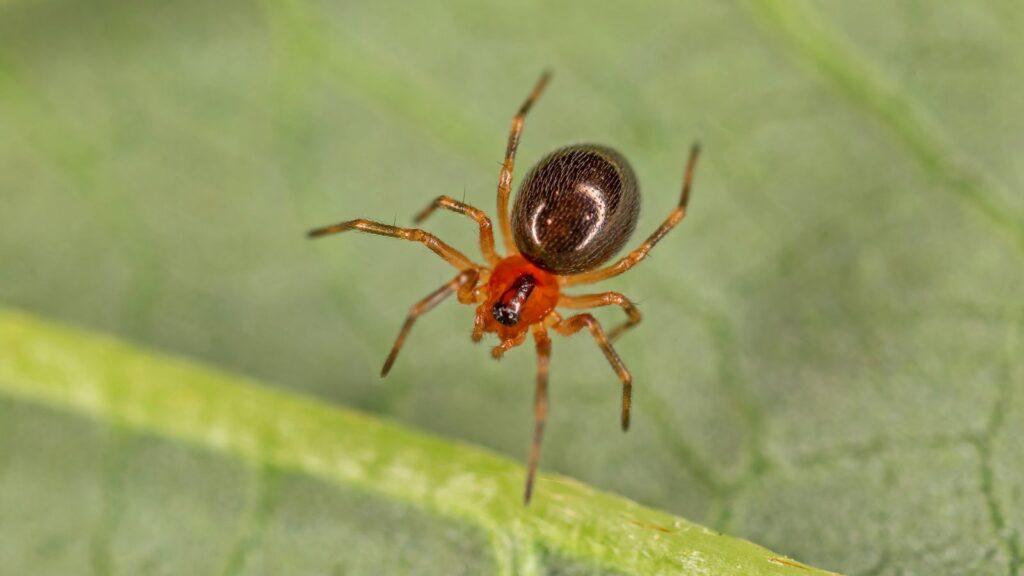Spiders are a common sight in the UK, especially as the weather turns cooler and they look for warm places to settle. While most spiders are harmless and play a vital role in controlling pests, some people prefer to keep them out of their homes. We’ve listed the 18 most common spiders you’ll find in the UK.
House Spider
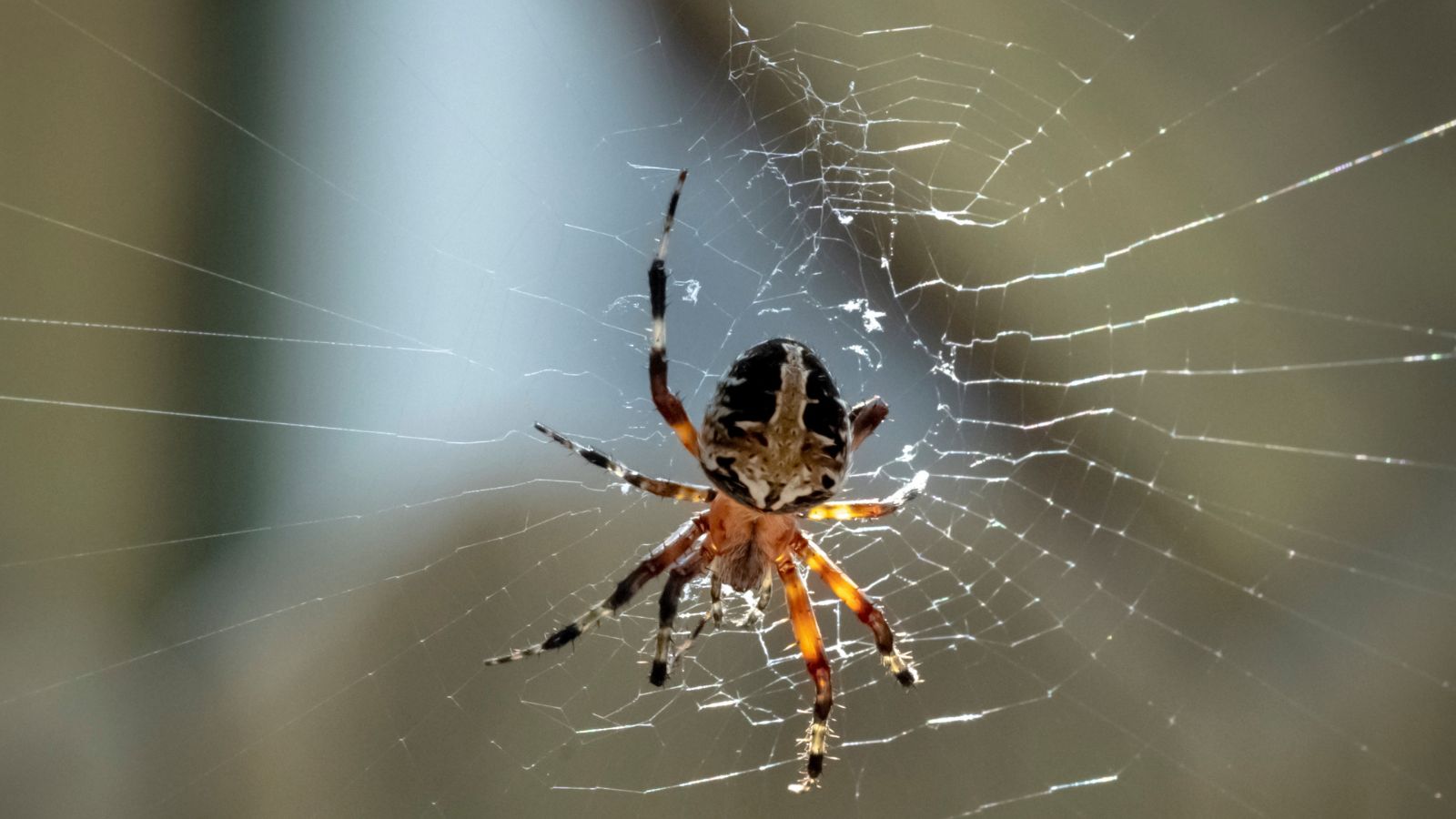
The house spider is one of the most frequently seen spiders in UK homes, and according to the Natural History Museum, they’re “usually seen in the autumn months when males leave their webs in search of females.” They are usually brown with a distinctive pattern on their abdomens, and are known for their large webs, which they build in corners and other undisturbed areas.
Giant House Spider
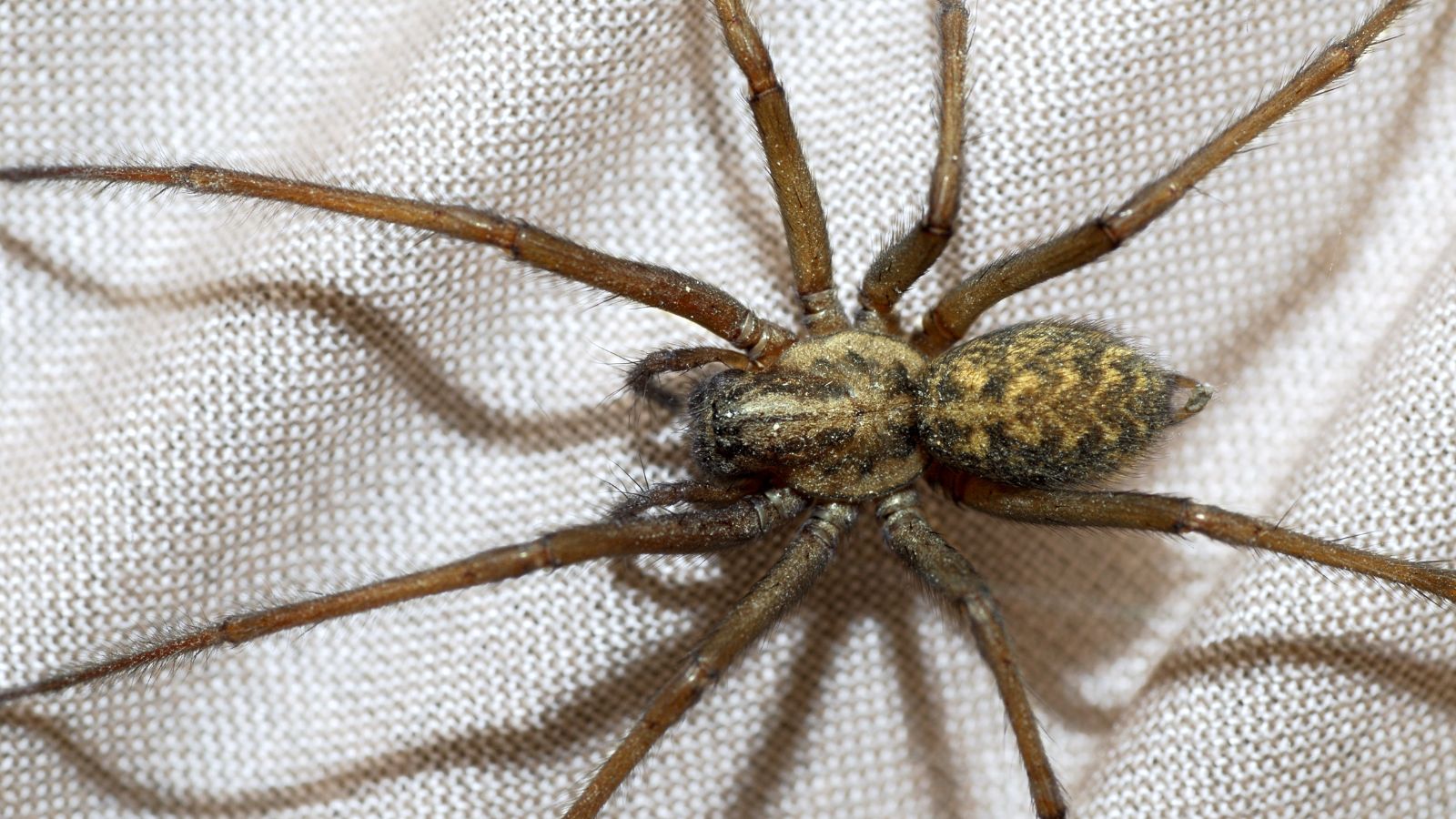
Quite alarming due to its size, the giant house spider has a leg span of up to 12 centimetres, and they are usually found in basements, garages, and sheds. Despite their intimidating appearance, they are not dangerous to humans. To keep these spiders at bay, make sure to tidy up storage areas and avoid leaving piles of clothes or boxes lying around.
Daddy Long Legs
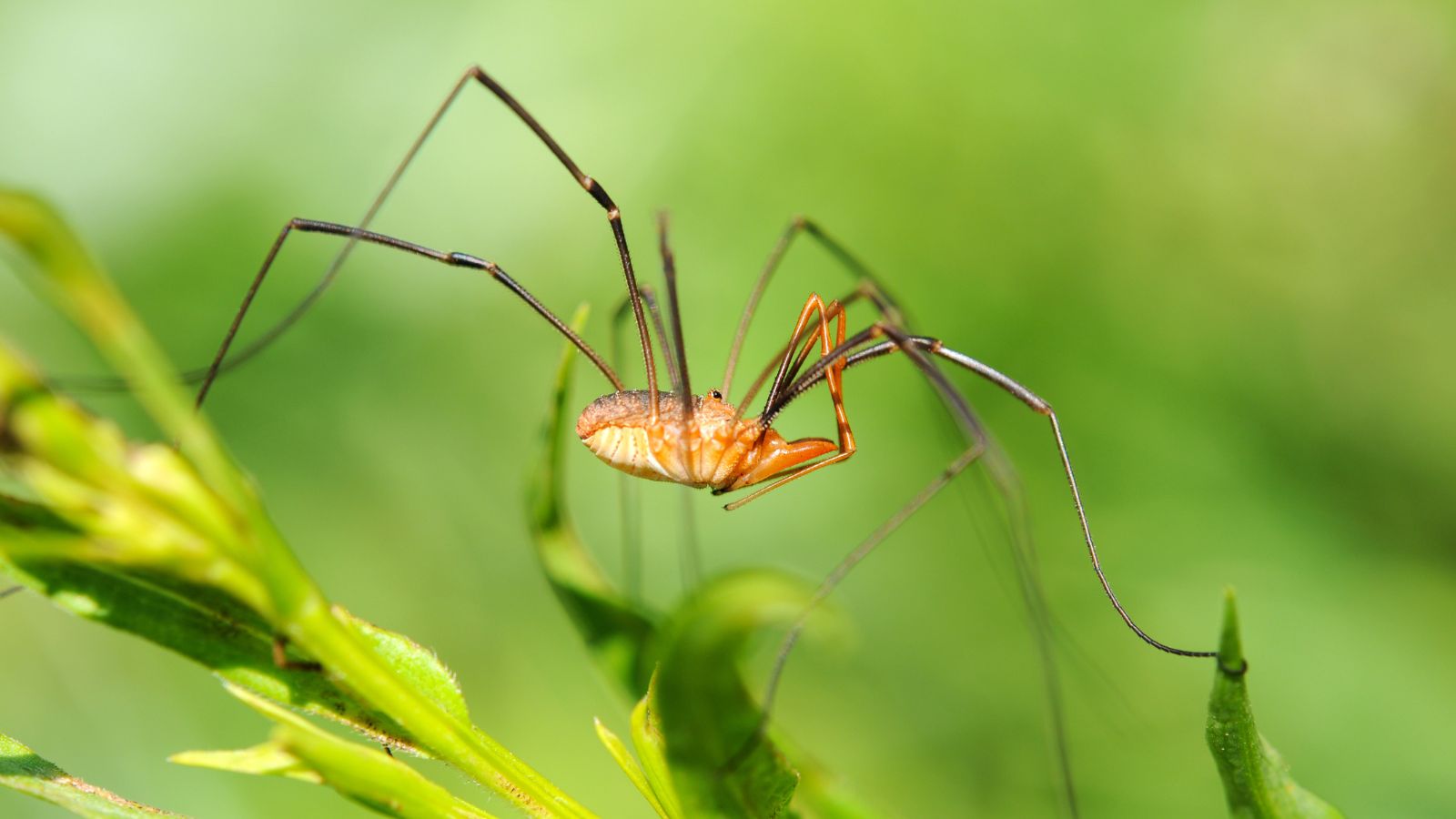
Also known as cellar spiders, daddy long legs have very long, thin legs and are often found in dark, damp areas like basements and cellars. They build irregular webs and hang upside down. To avoid having them in your home, ensure that your basement and cellar are dry and well-lit, and using a dehumidifier can help reduce moisture levels.
Garden Spider
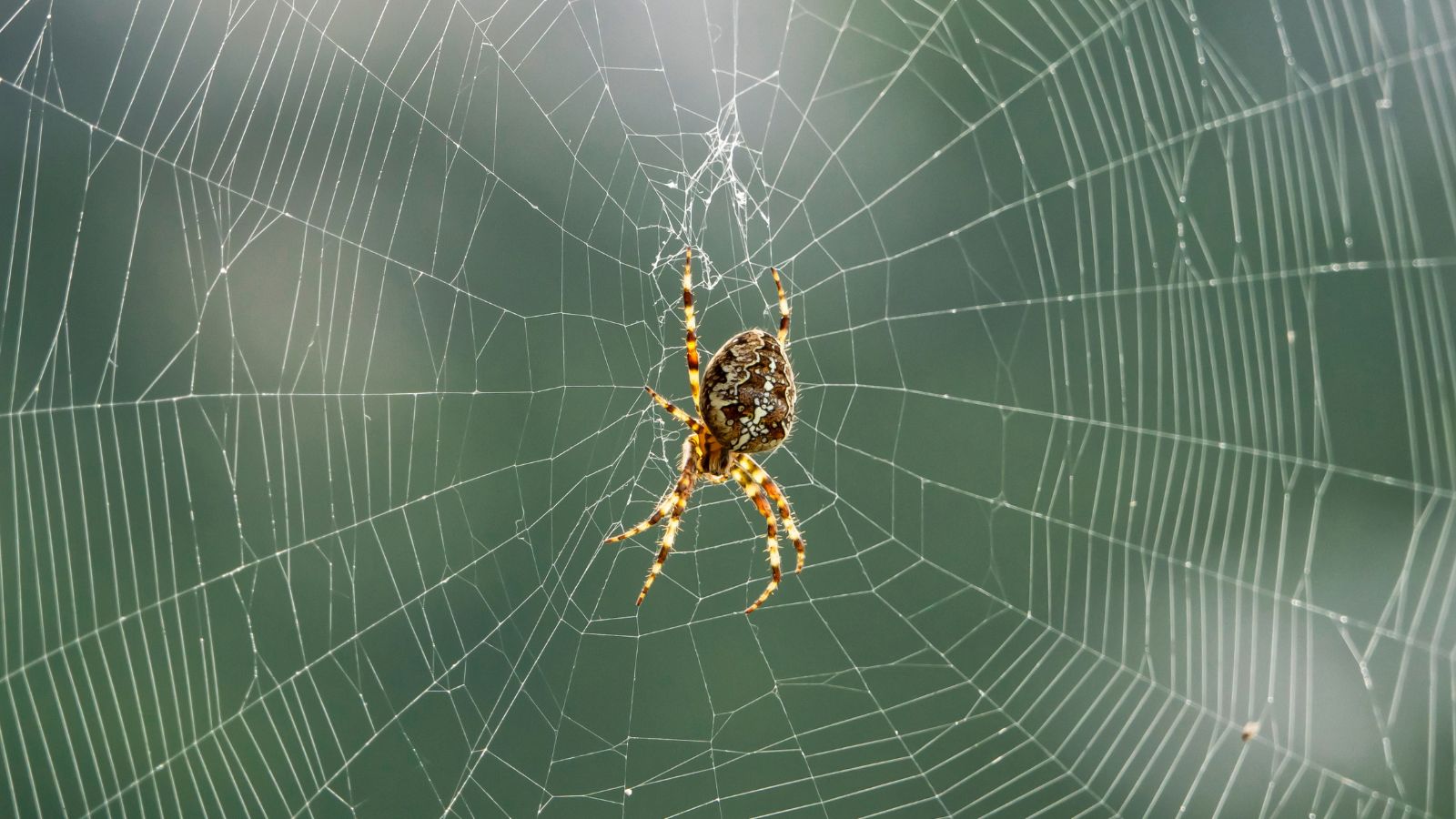
Commonly found outdoors and easily identified by the white cross on their backs, garden spiders spin large, circular webs in gardens, hedges, and between plants. While they are beneficial for controlling garden pests, you might want to keep them away from your living spaces and trim back any overgrown plants and hedges close to your house.
False Widow Spider
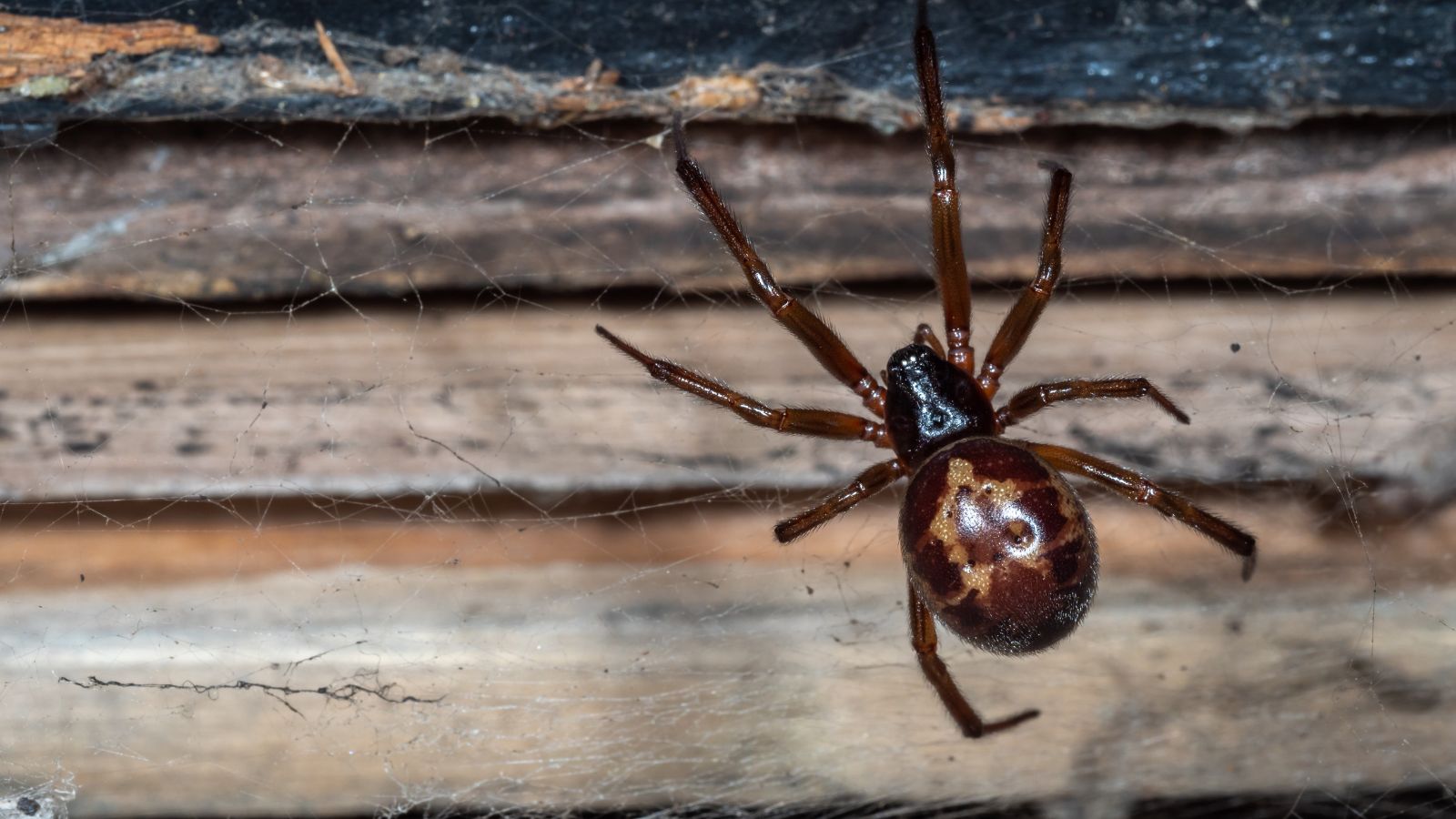
False widow spiders have gained some notoriety due to their resemblance to the more dangerous Black Widow. They are usually brown with a bulbous abdomen and can be found in sheds, garages, and homes. Although their bite is rarely serious, it can be painful, so to avoid these spiders, ensure your home and outbuildings are well-sealed.
Wolf Spider

Wolf spiders are ground-dwelling hunters that do not spin webs. They’re usually found in gardens, leaf litter, and sometimes indoors. They are robust and hairy, with good vision for hunting their prey. To avoid wolf spiders, keep your garden tidy and free of leaf litter and other debris; in indoor areas, ensure that any gaps and cracks in walls and floors are sealed.
Zebra Spider
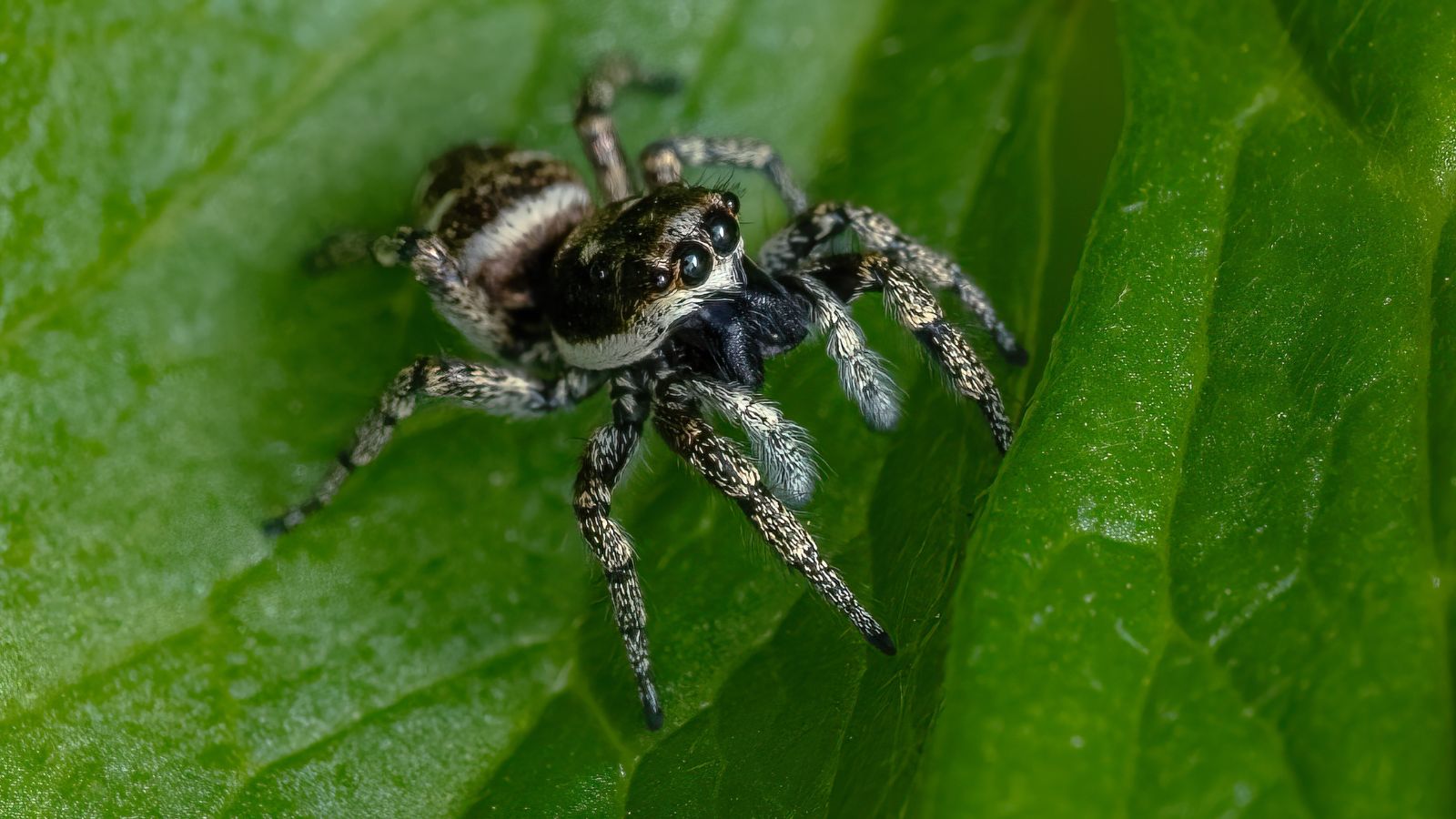
Zebra Spiders are small jumping spiders with distinctive black and white stripes resembling a zebra pattern. They’re commonly seen on walls, windowsills, and gardens. To prevent these spiders from entering your home, regularly clean around windowsills and walls to remove any prey that might attract these agile hunters.
Lace-Webbed Spider
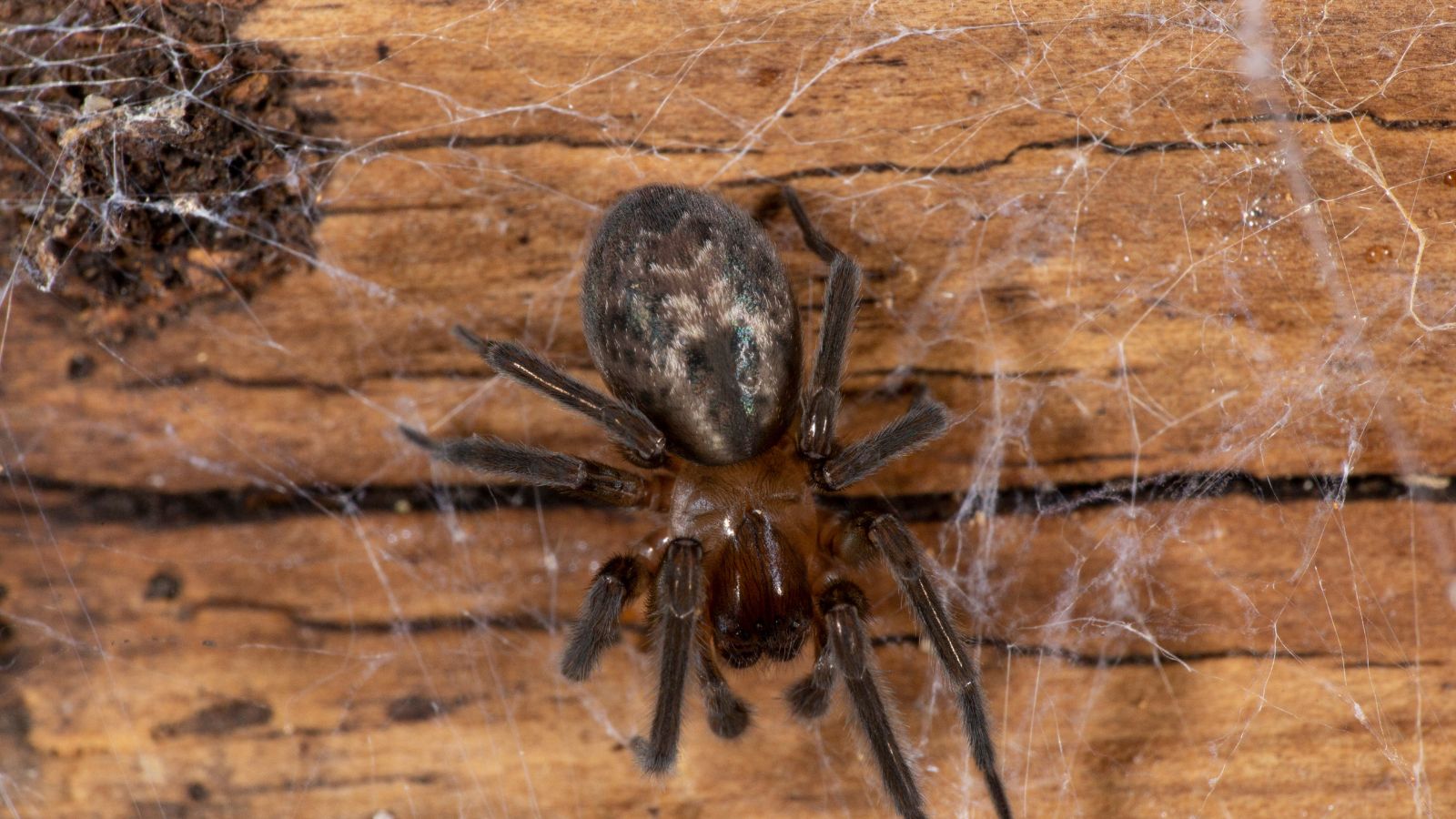
The lace-webbed spider, which is brown with distinctive patterns on its abdomen, builds messy, lace-like webs and is common in UK homes and gardens. To avoid them, keep your home and garden tidy and regularly clean, and remove any webs you find.
Money Spider
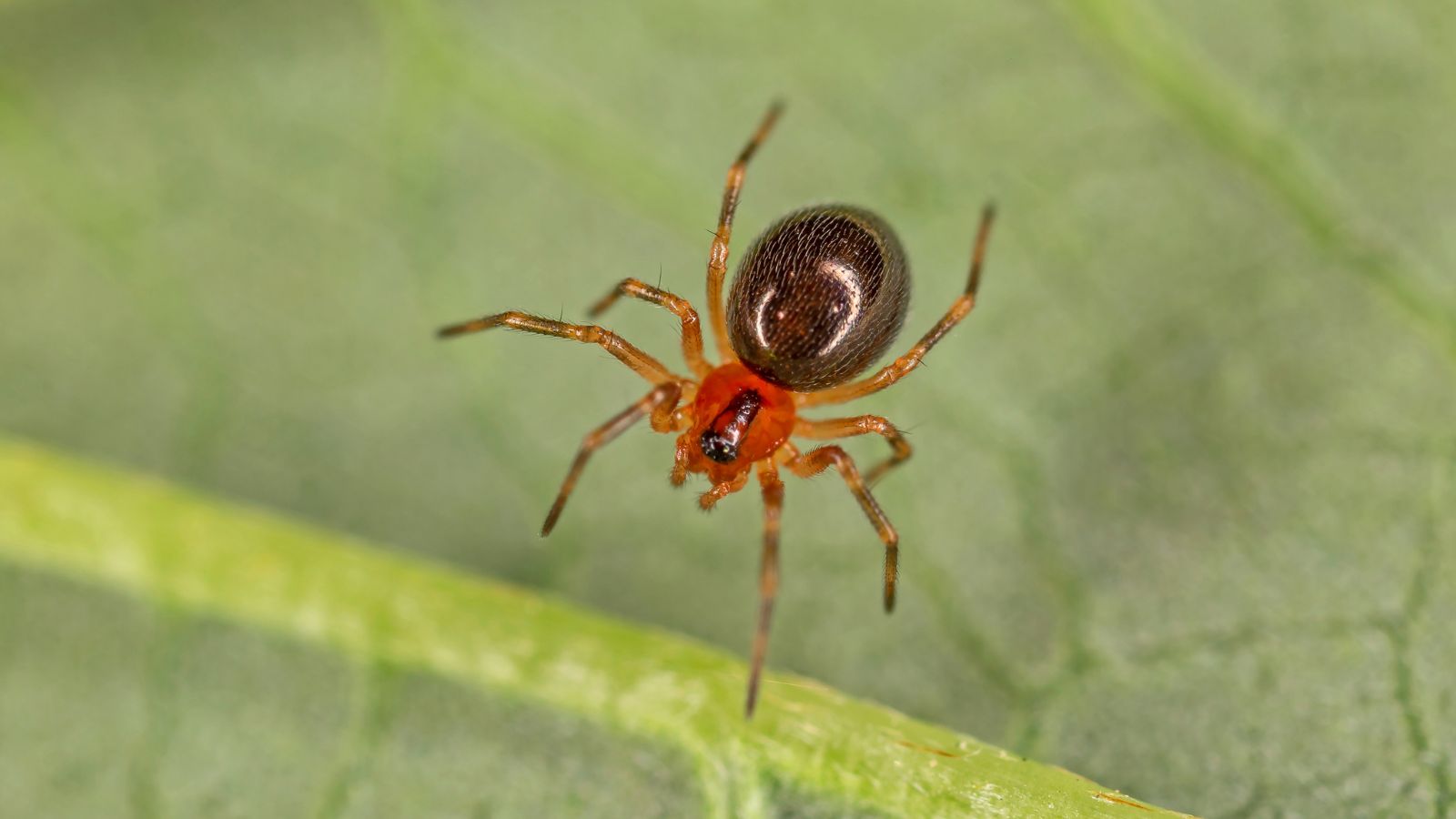
Very small, usually less than 5 millimetres long, money spiders are often seen in gardens and homes and are named after the belief that finding one brings good luck. Despite their size, they can be a nuisance if they get inside, so to keep them out, ensure that your windows and doors are sealed properly.
Tube Web Spider
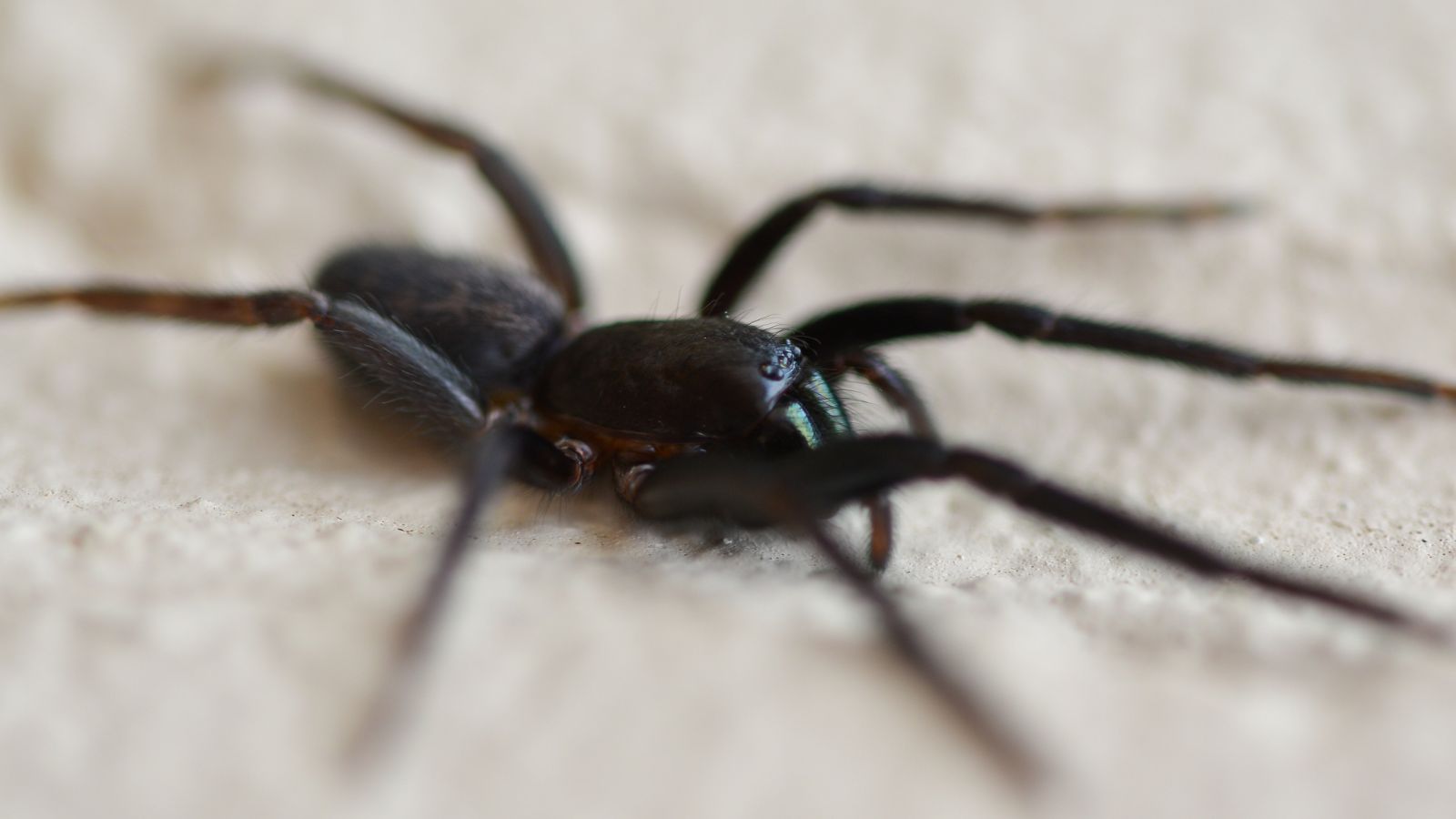
Tube Web Spiders are known for their funnel-shaped webs, which are found in cracks in walls or between stones. Typically black or dark brown, they’re quite large for spiders. You should ensure that any cracks and gaps in your walls are sealed and regularly check and clean areas where they might build their webs. Keeping outdoor lights off at night can also help, as these spiders are attracted to light.
Cardinal Spider
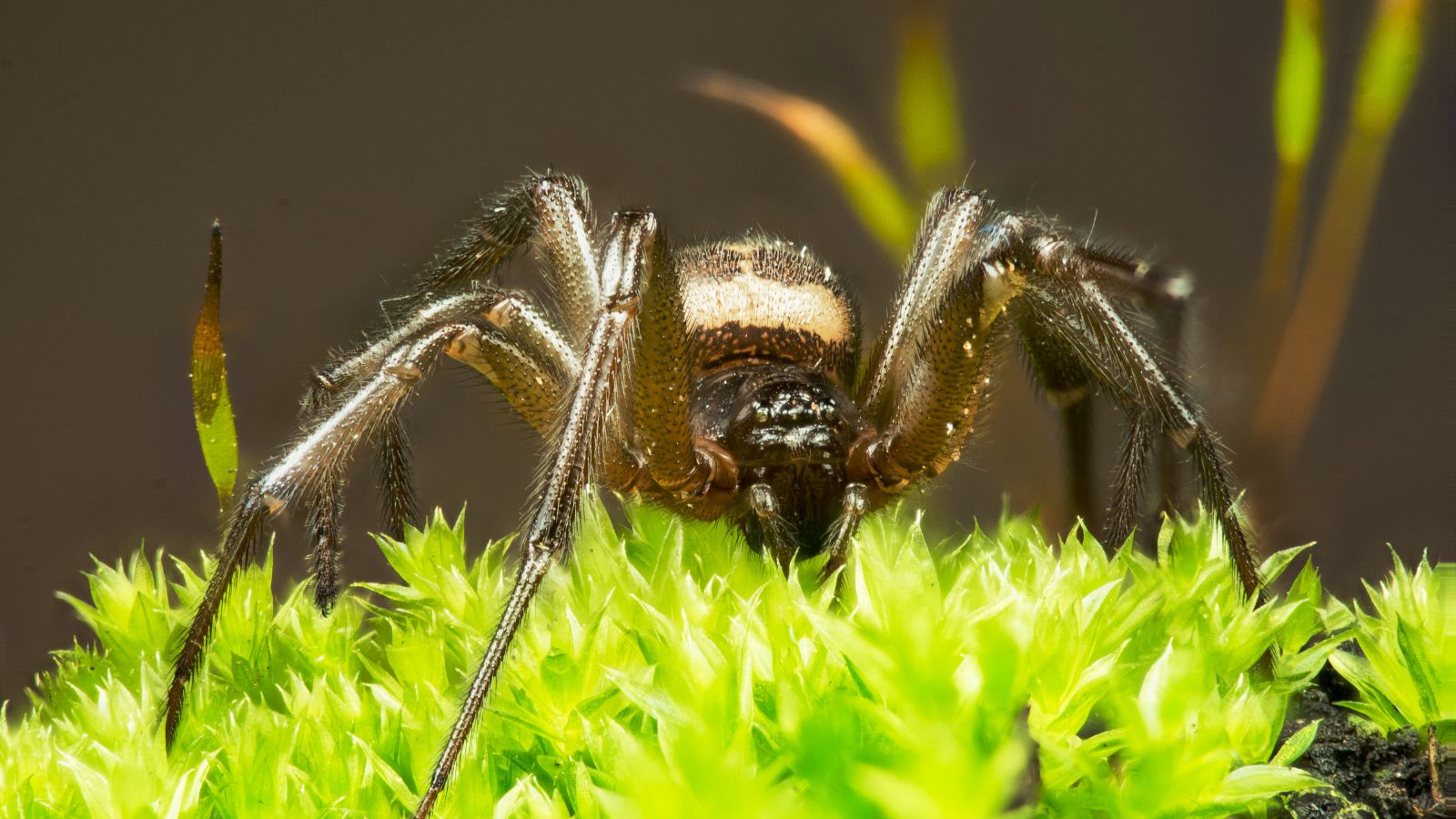
The largest spider in the UK is the cardinal spider, with a leg span of up to 14 centimetres. They’re usually reddish-brown and prefer to live in old buildings and walls, but despite their size, they are harmless. To prevent them from entering your home, make sure to seal cracks and clean regularly.
Wasp Spider
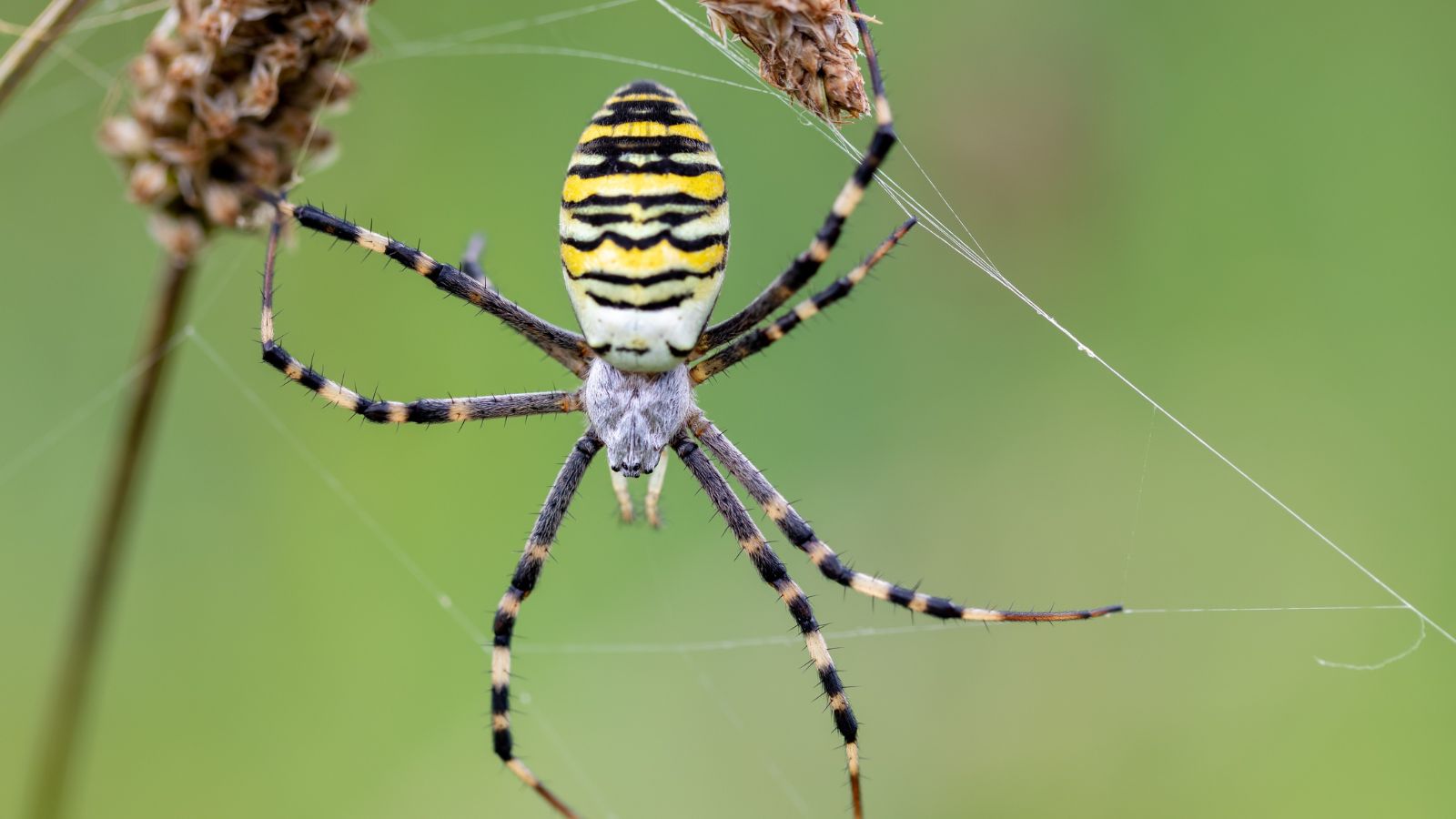
This spider is easily recognisable due to its black and yellow striped abdomen, which resembles a wasp. It’s usually found in grasslands and gardens. While they are not harmful to humans, their appearance can be alarming, so to avoid them, keep your garden tidy and trim back any overgrown grass and plants.
Missing Sector Orb Weaver
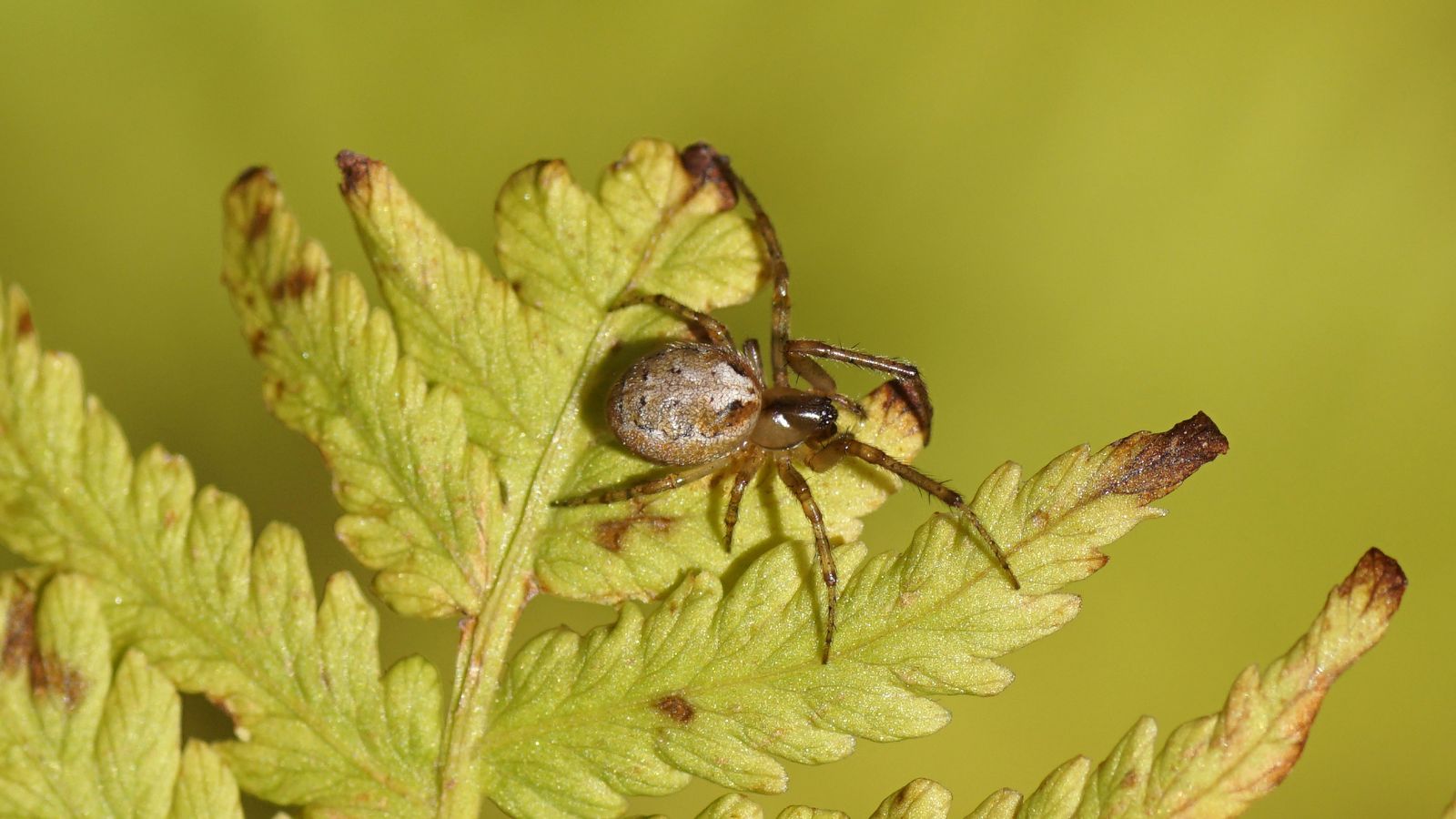
The missing sector orb weaver is named after the missing section in their circular web. Usually found in gardens and around windows and doors, this spider isn’t harmful but can be a nuisance if they build webs in frequently used areas.
Crab Spider
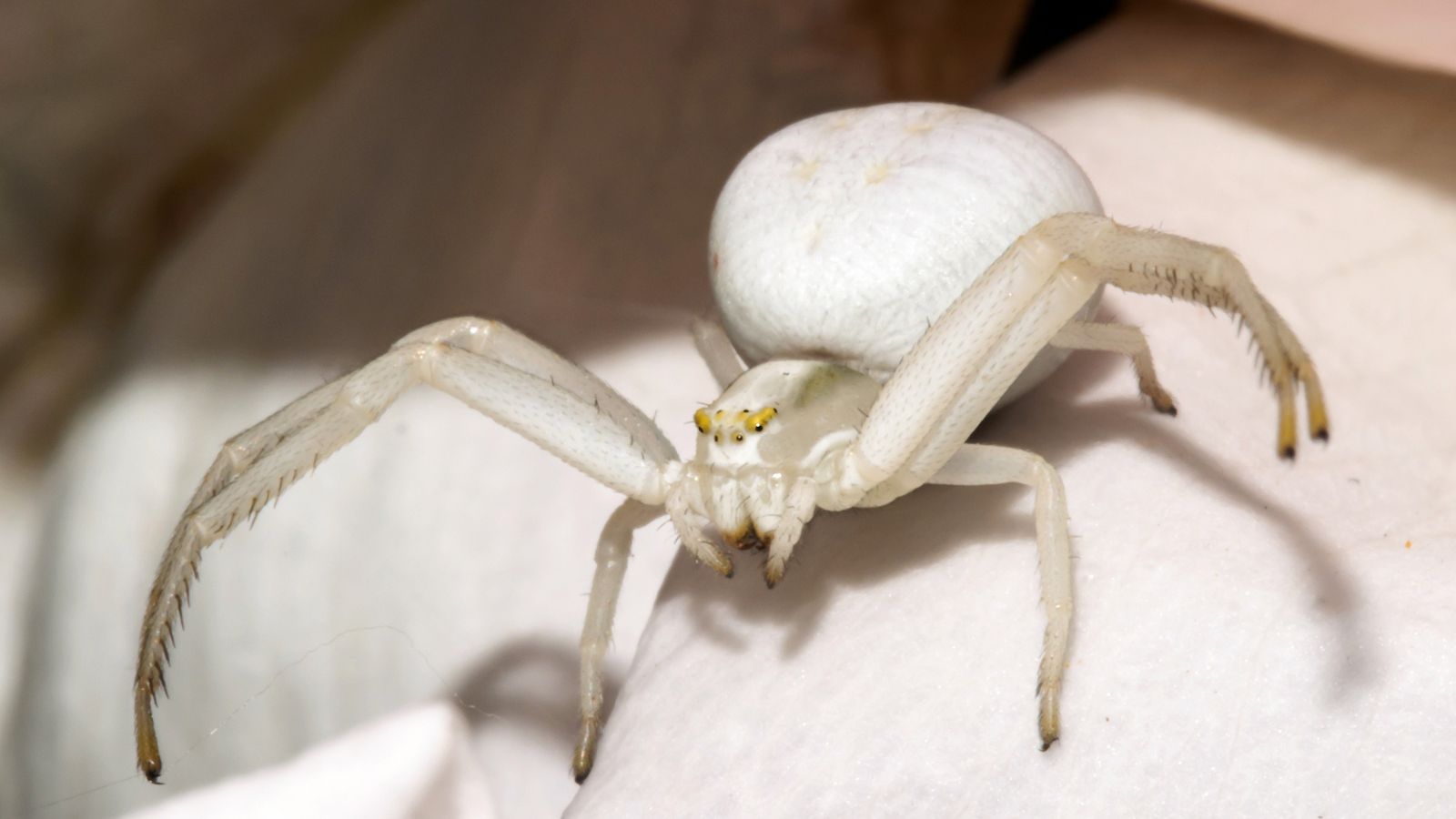
Named for their crab-like appearance and sideways movement, crab spiders can be discovered in gardens, hiding in flowers and foliage. They don’t build webs but wait to ambush their prey. You can best avoid them by keeping your garden tidy and free of overgrown plants. Check and clean garden furniture, too.
Segestria Florentina
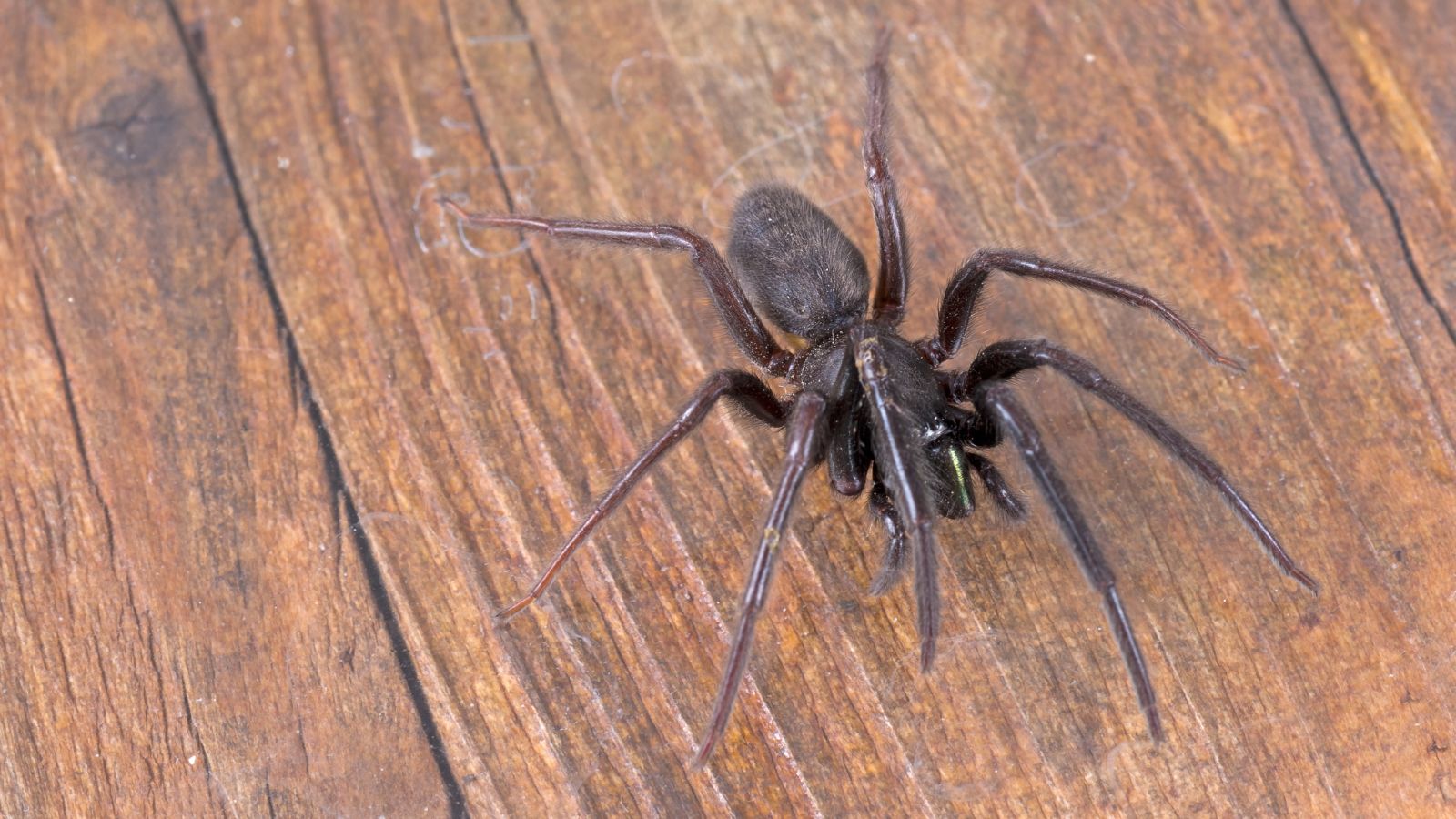
Segestria Florentina are usually found in old walls and buildings. They are dark and therefore hard to see, so make sure any holes in your walls are sealed, and keep on top of cleaning and checking places where they might build their webs.
Jumping Spider
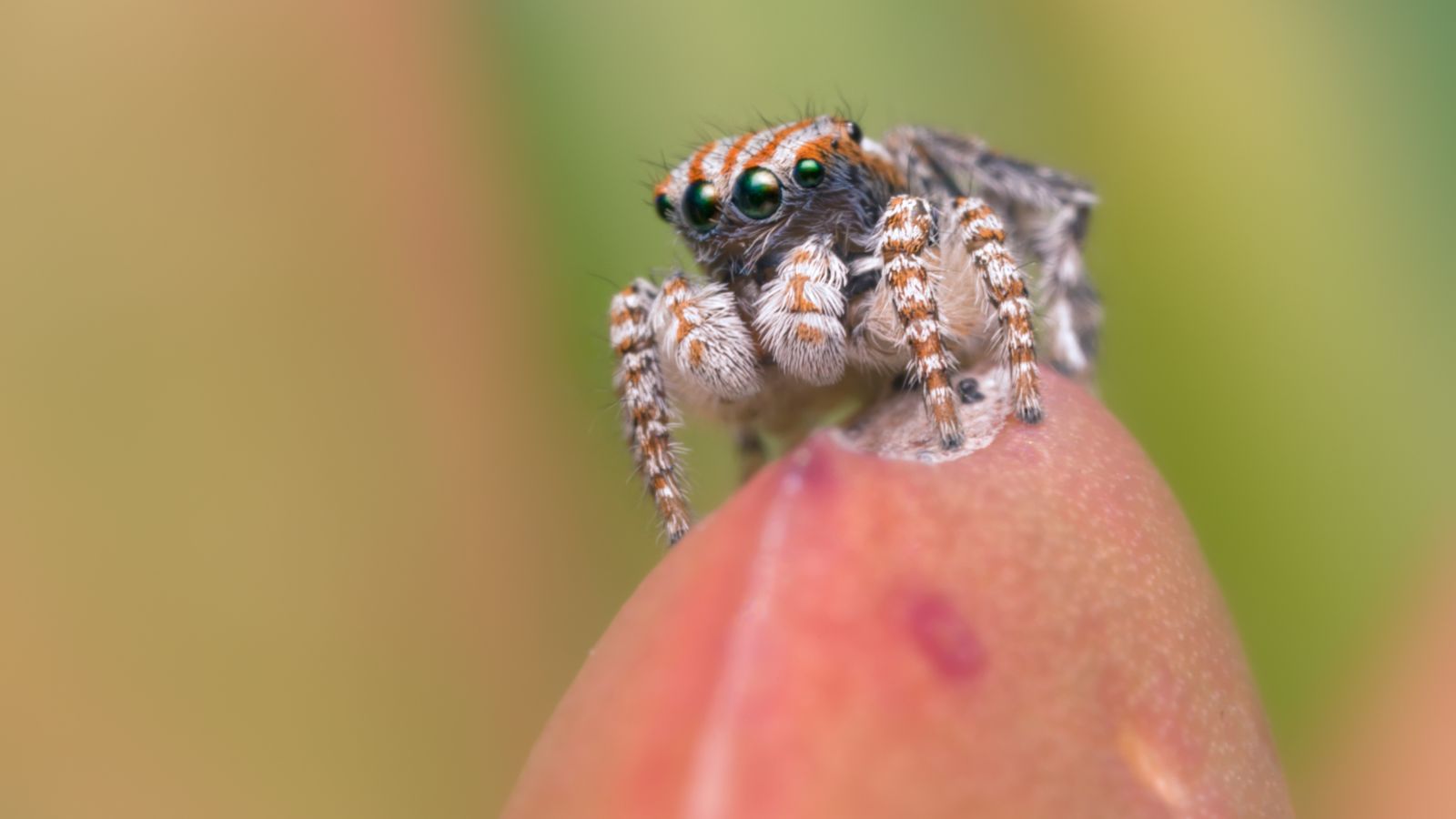
Small but agile hunters, jumping spiders don’t build webs and are commonly found on walls, windowsills, and gardens. They have excellent vision and can jump several times their body length to catch prey. If you don’t want them jumping into your home, make sure windows and doors are properly sealed.
Common Orb Weaver
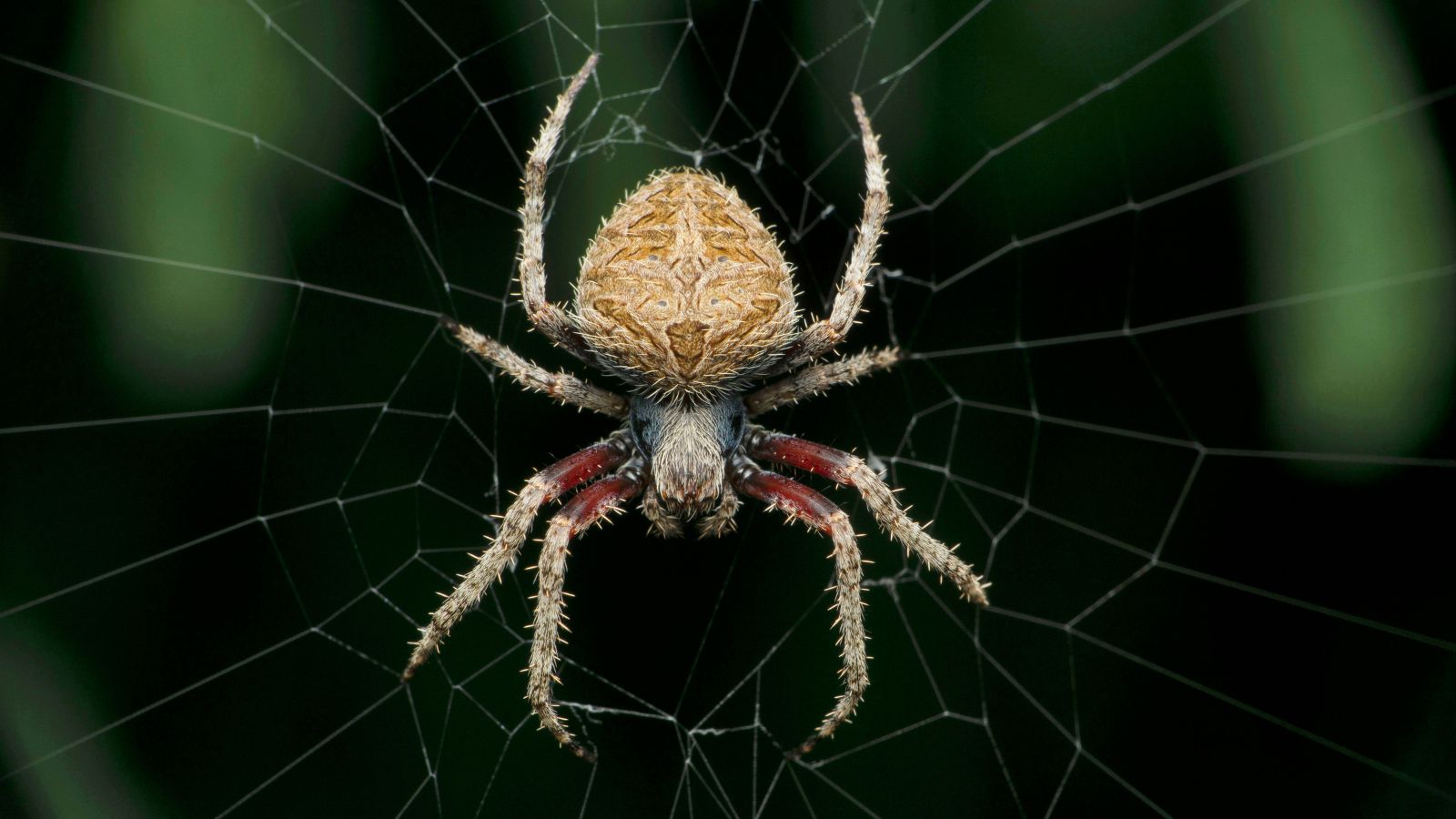
The common orb weaver is one of the most frequently seen spiders in the UK. It builds large, circular webs in gardens, hedges, and between plants. The abdomens of this spider are often brown with distinctive patterns. To avoid them, trim back any overgrown plants and hedges close to your house.
Mouse Spider
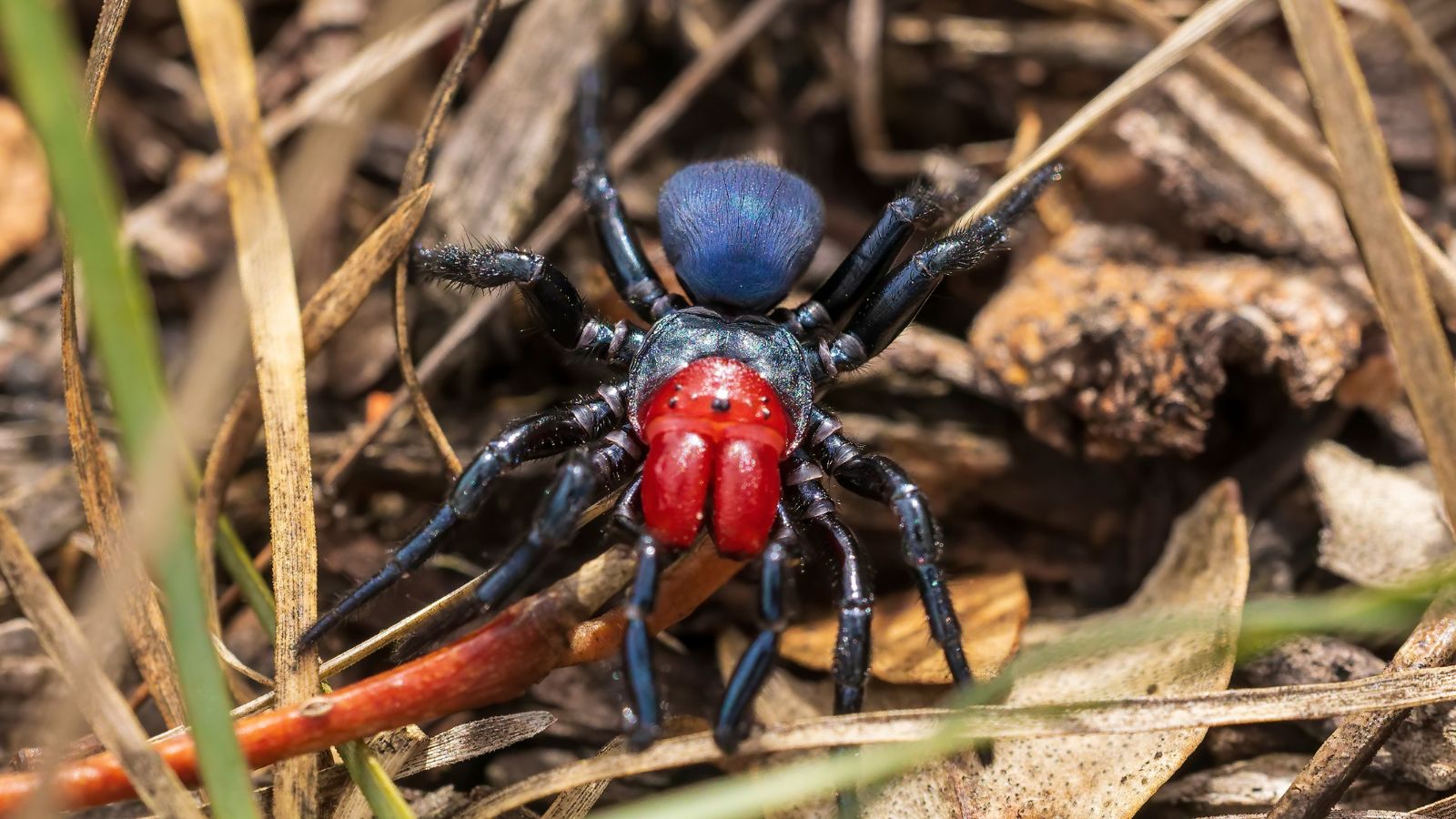
Lastly, mouse spiders are named for their mouse-like appearance, with a thick, furry body that doesn’t bear thinking about. They’re usually found in burrows in gardens and grassy areas, and while they don’t pose a threat, their bite can be painful. If you’d rather not see one, keep your garden tidy and free of large plants.

